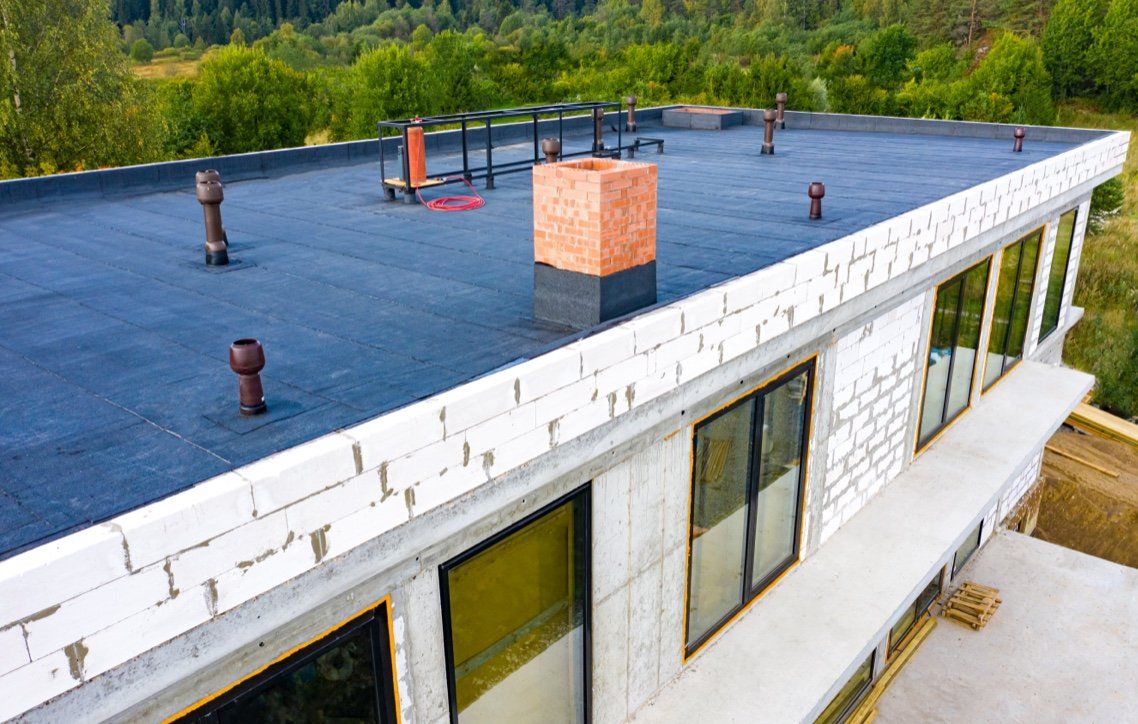Trying to decide between a flat or sloped roof? Each has its perks, but your decision should be based on your requirements, budget, and design preferences. Let’s dive into the differences between flat and sloped roofs and see which one suits you best.
Exploring the Advantages and Disadvantages of Each Roof Type
Flat Roofs
- Pros: Flat roofs are affordable, easy to build, and offer additional space for things like HVAC systems or even rooftop gardens.
- Cons: Requires more maintenance to prevent water pooling, and can be prone to leaks if not properly sealed.
Advantages and Disadvantages of Sloped Roofs
- Advantages: Excellent water drainage, durable, and aesthetically pleasing.
- Drawbacks: Higher upfront costs and more complex construction.
Common Misconceptions About Flat Roofs
Contrary to popular belief, flat roofs aren’t truly flat. They have a subtle slope for water drainage. Flat roofs can be just as durable as sloped ones with the right materials and maintenance.
Key Considerations: Costs, Materials, and Building Design
When deciding between a flat or sloped roof, keep these factors in mind:
- Budget: Flat roofs are generally less expensive initially, while sloped roofs offer long-term savings through durability and lower maintenance costs.
- Types of Materials Used: Flat roofs often rely on materials like EPDM or TPO, while sloped roofs commonly use asphalt shingles, tiles, or metal.
- Architectural Considerations: The design of the building, the climate, and its intended use should influence your choice. Flat roofs are ideal for modern buildings, while sloped roofs are better for traditional homes or locations with severe weather.
Why Choose Weathercraft for Your Roofing Needs
With years of experience, Weathercraft is your trusted partner for both flat and sloped roofing. Our team provides expert recommendations, ensuring you get the most suitable roofing solution for your building. We use high-quality materials and provide exceptional craftsmanship on all roofing projects.
